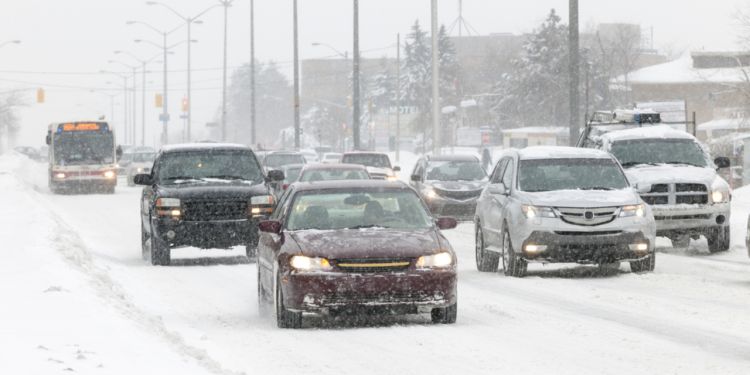
If you're thinking about driving in Canada but aren't sure where to start, here's some information that might be helpful.
If you plan to drive in Canada, make sure you have a valid driver's license and always carry it when driving. Your foreign license needs to meet two conditions: it must use the Latin alphabet, and you must have obtained it over a year ago. If you're from the European Union, a B license is required, and if you're from Switzerland, only the pink license is accepted.
During the initial months after your arrival in Canada, you can use your foreign driver's license. However, for continued driving privileges in the long run, you'll need to acquire a driver's license from the province where you reside. It's important to be aware that this requirement differs from one province to another. For instance, in Quebec, most foreign drivers have six months to exchange their license, whereas in New Brunswick, excluding students, individuals must exchange their license upon arrival.
You can also obtain an International Driving Permit (IDP) before arriving in Canada. The IDP must always accompany your national driver's license. Without your original license, your IDP will be worthless.
Driving regulations in Canada
Every province and territory in Canada has its own set of laws and regulations concerning road traffic and driver licensing. Regardless of the specific rules, it is always necessary to have your driver's license with you when you're driving.
Additionally, you must carry your vehicle registration certificate and provide proof of vehicle insurance.
In Canada, we drive on the right-hand side of the road. To drive safely, you need to be aware of all traffic signs and regulations. You can find out more from the Ministry of Transportation in the province where you live.
Getting a driver's license in Canada
To get a Canadian driver's license, you need to contact the licensing authority in your province of residence. In certain provinces, the issuance of a driver's license may occur in stages, each with its own set of restrictions. For detailed information, you can visit the Canadian Immigration Service website.
If you have to retake a driving test, you'll have to learn the Canadian Highway Traffic Act. While you can opt to pay for a driving course to prepare for the road test, it's not always compulsory, especially for experienced foreign drivers. Some private companies offer courses for a fee, and you can find information in the yellow pages or online about Canadian driving schools near you.
Once you have your driver's license, you're free to drive anywhere in the country. However, if you relocate to a different province, you'll need to exchange your license for one from your new home province. For example, if you have a British Columbia license and move to Ontario, you'll need to swap your British Columbia license for an Ontario one, although you won't have to retake an exam. Remember that your license will need to be renewed periodically, based on the expiration date, and you'll also need to include a recent photo of yourself.
Good to know:
Some provinces have signed a reciprocity agreement with other countries, allowing nationals of those countries to obtain a driver's license without having to retake a driving test. This is notably the case for Quebec with France. You will still have to pay a fee for the issuance of your Canadian license.
Renting or buying a car in Canada
When renting a car in Canada, you'll need to show your driver's license and a payment card under the principal driver's name. Having an IDP is not mandatory. However, it's important that the payment card and driver's license bear the same name, as rental agencies typically deduct a deposit from the payment card. This deposit amount serves as the deductible in case of an accident.
You can consider buying a used car or a new one if you can afford it. You can apply for a loan from your Canadian bank or a payment in installments from your car dealer. This application will be granted more easily to permanent residents who have built up a credit history. You'll need to have already spent some time in Canada.
If you need a vehicle for an extended period, you have the option of leasing it with a long-term contract. In certain cases, individuals leasing a vehicle may seek someone to take over their leasing contract if they are unable to fulfill it until the end. This could be a beneficial option for you, especially if your stay in Canada is not for an extended duration.
To buy a used car in Canada, all you have to do is browse the classified ads in newspapers, on the Facebook marketplace, or on websites like Kijiji Autos. You can buy your vehicle from a private individual or from a dealership. Before you put your hand in your wallet, take the time to test-drive the car and compare different offers.
In addition to the purchase price, you'll need to insure and register the vehicle. This will cost you at least 30% more than the purchase price.
Useful links:
We do our best to provide accurate and up to date information. However, if you have noticed any inaccuracies in this article, please let us know in the comments section below.












Comments